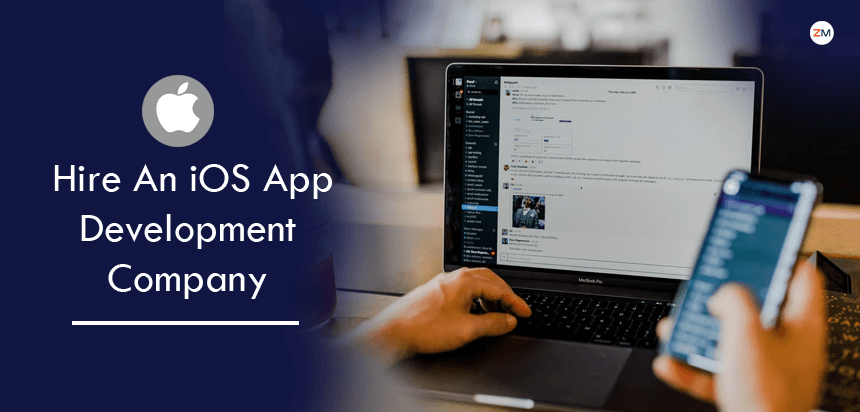How to Choose The Right Cross-Platform Mobile App Development Framework
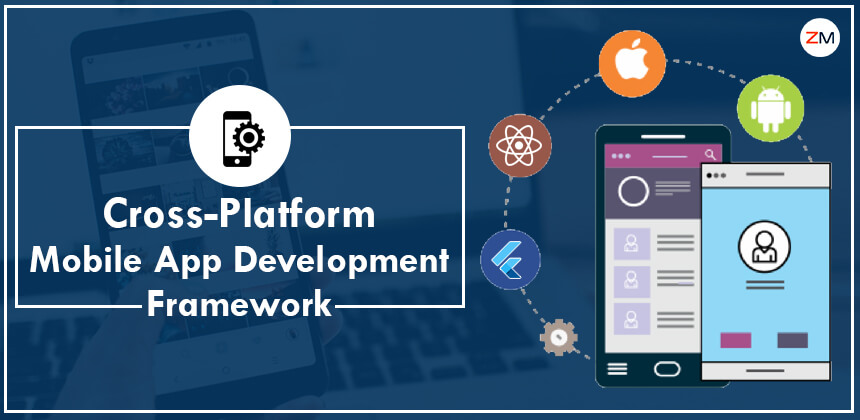
"Choosing the right cross-platform mobile app development framework is much like choosing a car."
An app can be considered as an 'underlying base structure' for adding additional functionalities. So, it's like saying that you need to build a strong foundation before building your house. Hence, choosing the right cross-platform mobile app development framework is crucial in order to create better apps.
Unlike traditional software applications that are mostly platform-dependent, developers now demand more freedom and flexibility when developing apps for different platforms. This freedom allows them to create native experiences on each platform using their preferred tools and programming languages. It also empowers them with the ability to reuse code bases across various platforms instead of rewriting everything from scratch every time they want to develop an app for a different platform.
This demand has given rise to various cross-platform solutions, but not every solution is equal. Different solutions have their pros and cons depending on the type of apps you want to build, the number of platforms that you need to support, and other requirements. Choosing the right cross-platform mobile app development solution for your next big idea can be challenging because it requires a deep understanding of various factors involved in building native experiences across multiple operating systems including iOS and Android.
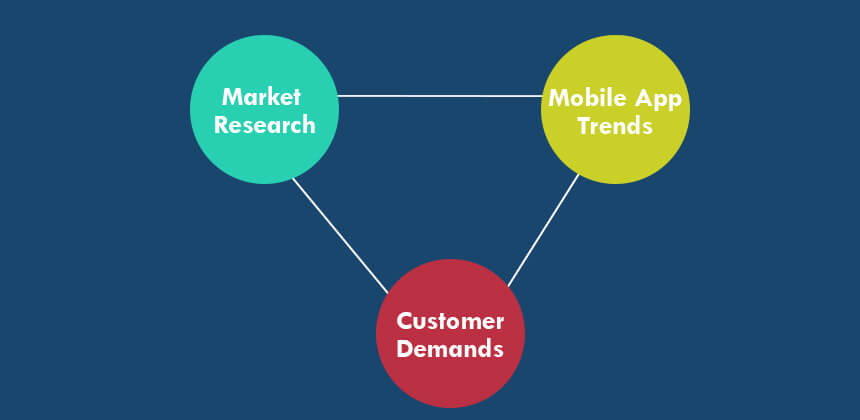
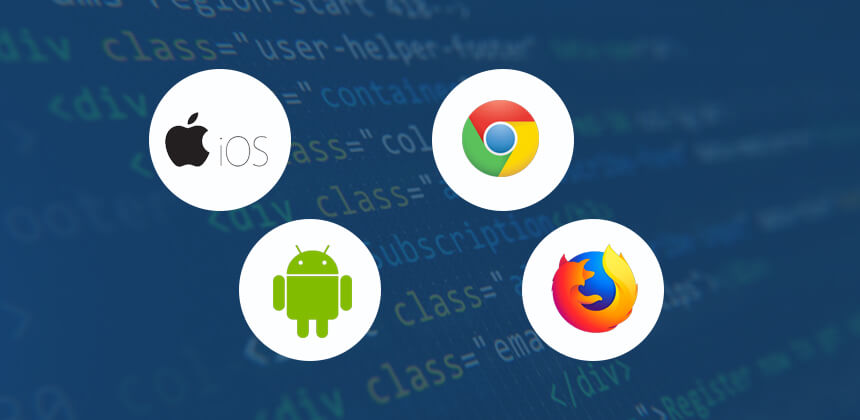
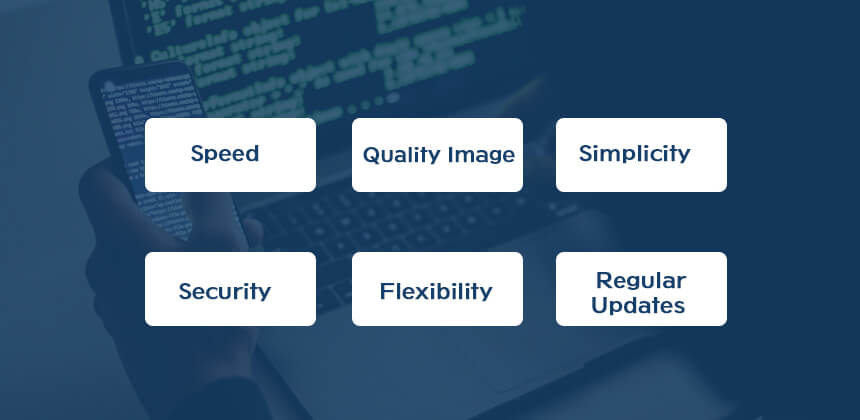
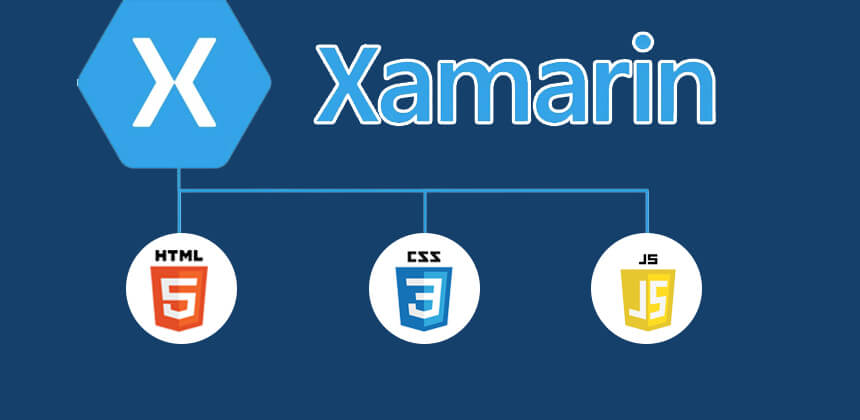
I. Programming Languages used for Cross-Platform Mobile App Development: Xamarin, React Native, and Titanium all use different programming languages for development purposes which can be seen below:
Xamarin supports C# that is one of the most popular programming languages used in the .NET framework for commercial development. Xamarin developers are able to reuse their existing knowledge of C# language when building mobile apps through Xamarin Studio IDE or Visual Studio on Windows machine whereas React Native does not support any other language but Javascript which makes it difficult for web developers who know only Javascript to switch to React Native development. Titanium supports multiple languages such as ActionScript, CSS, HTML & JavaScript among others allowing any type of developer with a basic understanding of these languages to build mobile apps using Titanium Studio.
However, React Native is a JavaScript framework that can be used to build iOS apps as well as Android apps. Unlike Xamarin and Titanium, React Native allows you to share up to 90% of code between platforms as it uses the same components as web app development (DOM). Code written for the web browsers works the same way with React Native. Appcelerator's Titanium offers support for multiple languages such as JavaScript, ActionScript, C++, and Lua; therefore we cannot strictly claim that it only supports JavaScript.
React Native includes its own virtual DOM implementation for high-performance rendering. The first advantage of React Native is that it is based on JavaScript. Secondly, React Native allows you to use existing knowledge of HTML and CSS for building mobile apps. It provides support for debugging the code in Chrome developer tools which are very similar to web browser dev tools. This makes it easier for web developers to debug their React Native apps in a chrome debugger.
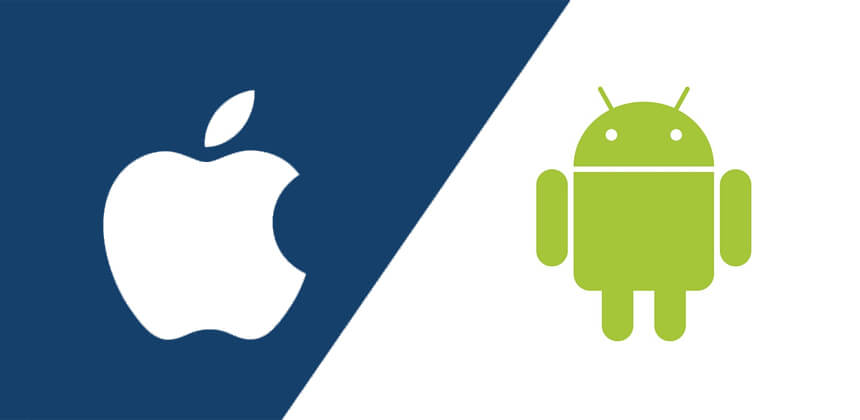
II. Time to Market: The time taken for building a cross-platform mobile application is one of the most important factors when choosing a framework for developing native experiences across multiple operating systems such as iOS and Android. Let's compare these options on the following criteria:
Xamarin is slower than React Native when it comes to development speed because Javascript code in React Native can be used directly with XML or CSS components that are available out of the box in React Native whereas Xamarin needs extra effort in mapping C# code to native iOS and Android controls, APIs, etc. On the other hand, Xamarin has more flexibility than React Native when it comes to advanced customization but this slightly increases the complexity during the development process which results in more time being taken for development.
Xamarin also has a dependency on Microsoft Visual Studio IDE for building apps in Xamarin whereas React Native can be built in both Visual Studio and Atom editor which are highly rated by developers when compared to Microsoft VS IDE. Titanium allows using multiple IDEs including IntelliJ, Sublime Text, Atom, etc among others which is beneficial for reducing the learning curve when switching between frameworks.
As indicated by Tiobe Index, C# is currently ranked at number 11 in the list of most popular programming languages used worldwide whereas Javascript (the language that Reacts Native uses) is ranked at number 6 according to the index.
This makes it clear that there exist many experienced C# developers who can easily switch to Xamarin development whereas there are limited experienced Javascript developers who can switch easily to React Native development. All these factors make Xamarin a better option for cross-platform app development than React Native when it comes to the speed of the time taken for building apps along with the availability of skilled resources.
Xamarin allows sharing code between different platforms and does not require writing the same code again and again which reduces the maintenance cost of an app on multiple platforms. On the other hand, React Native is slower as compared to Titanium when it comes to development speed as JavaScript cannot be used directly with native components such as UIKit on iOS, Android APIs, etc.
In React Native, the bridge provides access from Objective-C/Java to JavaScript but still requires separate implementation on each platform whereas Titanium can use CSS, HTML5, Javascript directly with native components which reduces the code duplication and allows faster development.
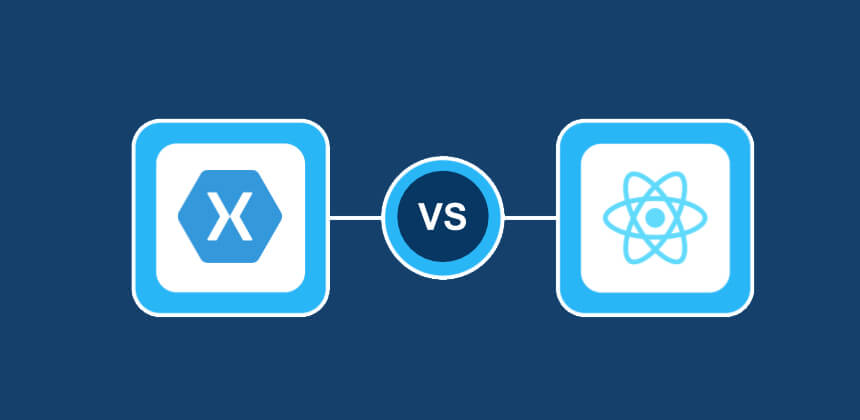 III. Learning Curve: Learning a cross-platform app development framework is important when we compare one framework to another. React Native and Xamarin require different learning curves when it comes to choosing the right platform for developing apps in the future.
Xamarin's C# language can be learned easily by existing .NET developers whereas Javascript (the programming language used in React Native) is considered harder to learn than other popular programming languages such as Java, Objective-C, etc when it comes to mobile application development.
Titanium allows using multiple IDEs which may lead to a steep learning curve but shared code between iOS and Android makes it easier for experienced native app developers to jump into Titanium and build apps quickly without any major problems.
React Native has its own set of problems when it comes to the learning curve as developers need to learn about the APIs for iOS and Android separately in order to build apps with React Native which makes it slower for beginners.
III. Learning Curve: Learning a cross-platform app development framework is important when we compare one framework to another. React Native and Xamarin require different learning curves when it comes to choosing the right platform for developing apps in the future.
Xamarin's C# language can be learned easily by existing .NET developers whereas Javascript (the programming language used in React Native) is considered harder to learn than other popular programming languages such as Java, Objective-C, etc when it comes to mobile application development.
Titanium allows using multiple IDEs which may lead to a steep learning curve but shared code between iOS and Android makes it easier for experienced native app developers to jump into Titanium and build apps quickly without any major problems.
React Native has its own set of problems when it comes to the learning curve as developers need to learn about the APIs for iOS and Android separately in order to build apps with React Native which makes it slower for beginners.
 IV. Performance:
Xamarin offers faster performance when compared to React Native as it shares code between different platforms and also uses native components for each platform making the app faster than React Native where the speed of an app depends upon its responsiveness and UI/UX design rather than its development.
IV. Performance:
Xamarin offers faster performance when compared to React Native as it shares code between different platforms and also uses native components for each platform making the app faster than React Native where the speed of an app depends upon its responsiveness and UI/UX design rather than its development.
V. App Size:
React Native is smaller in size when compared to Xamarin hence taking less space on device memory reducing the burden on the end user's phone storage space whereas Xamarin requires separate installation of .NET Framework (4 or higher) on a device which increases the app's file size comprising more phone's internal memory, battery usage, etc. On the other hand, Titanium uses JavaScript on both iOS and Android which makes it easy to handle with ease.
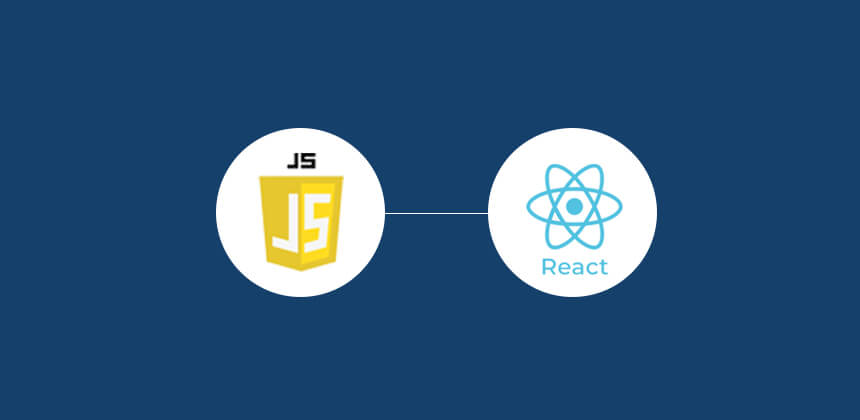
VI. Language:
Xamarin supports C# which is better than Javascript (JavaScript is used in React Native). Java code can be reused but still needs different implementation on each platform whereas Xamarin allows sharing of more code between platforms leading to less work for developers during mobile app development.
VII. Programming Paradigm:
As compared to the "reactive" programming paradigm of React Native, Titanium follows an imperative programming model by using more of an event-driven mechanism where views are updated only when required, unlike its counterpart where views are updated after each interaction hence offering faster performance. Additionally, writing code in Titanium is easier as there are no complex APIs to be dealt with, unlike React Native where developers have to learn about APIs for different platforms separately.
VIII. Ecosystem:
React Native offers 1200+ community-driven open-source packages whereas Xamarin SDK has more than 5200+ community-driven open source packages which are comparatively higher when compared to its counterpart. However, both Titanium and React Native support the use of third-party libraries but React Native has a better ecosystem due to its complexity level which makes it easy for developers to build apps faster by using pre-existing building blocks.
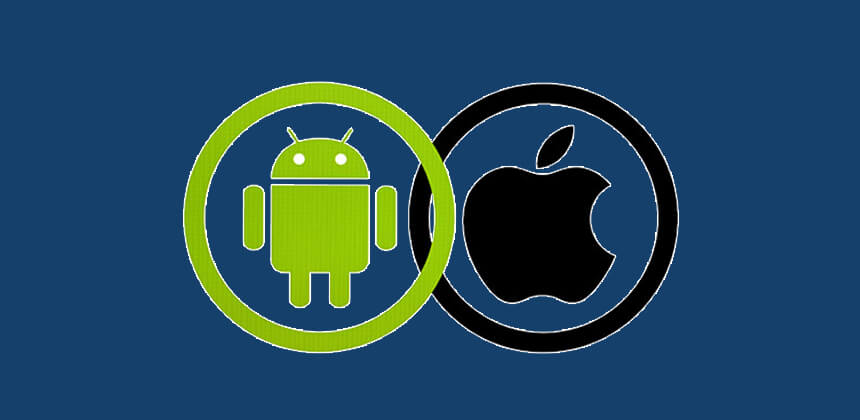 IX. Development Speed:
IX. Development Speed:
React native takes less time during the development process as compared to Xamarin because one doesn't need to learn different APIs for iOS and Android making it easy for developers with less amount learning required. Titanium offers faster development speed as compared to React Native as Titanium uses JavaScript on both iOS and Android which makes it easy to handle with ease.
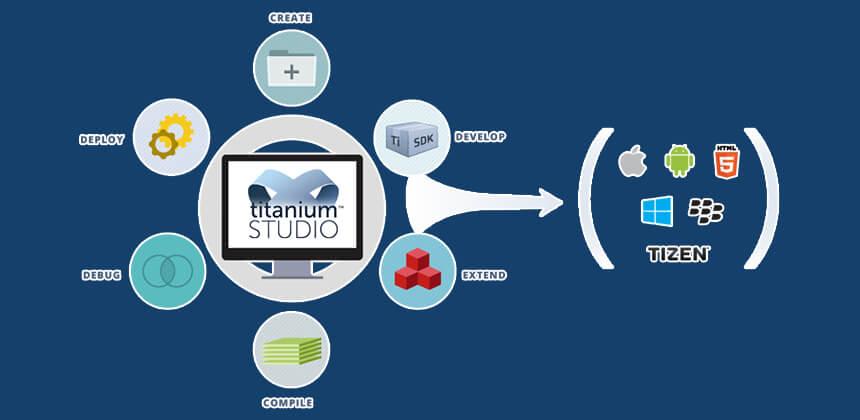
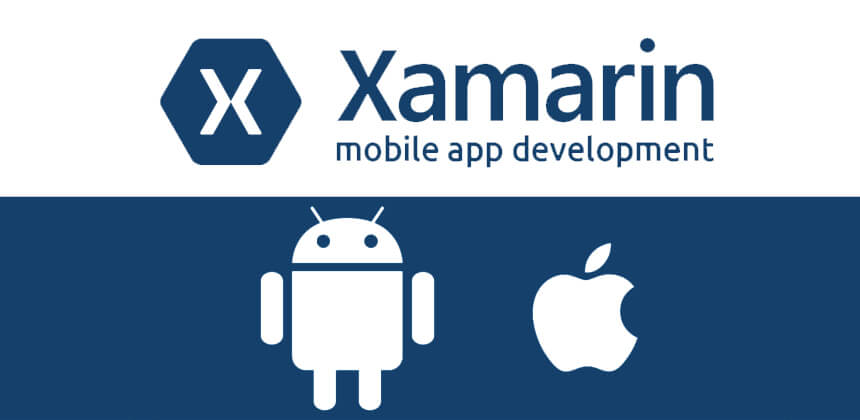

How To Choose The Best Cross-Platform Framework For You?

Research
For your business to succeed, you need to conduct research. Here are some research activities you should conduct:-
• Market Research
• Customer Demands
• Mobile App Trends
Identify Your Audience
Your target audience plays a crucial role in the framework and app development process you need. This is how you can identify your target audience:-
• How will your app be used?
• How will your app solve problems for your client?
• What makes them want to use your app?
• In what ways will you add value to your customers through your app?

Identify Your Platform
Identify the platform on which your app will be available before you begin the app development process. There are several platforms available, including iOS, Android, Chrome, and Firefox. Your mobile application should be compatible with the platforms that it runs on, so choose a framework accordingly. Apple designs that are minimal.
Features To Include
Your choice of the framework should be determined by what features your mobile app will display. Customer-valued features include.-
• Speed
• Quality Image Resolution
• Simplicity
• Security
• Flexibility
• Regular Updates
Enhancing User Experience
Do you know that just $1 invested in improving the user experience yields a return of $100? You are right - customers value user experience above all else. To enhance the user experience of your customers, you should use a framework. Make your app faster, more engaging, and more responsive by choosing something that makes it faster, more responsive, and more engaging. We've now covered how to choose a mobile app development framework, so let's look at what's the best cross-platform framework.Best Cross-Platform Mobile App Development Frameworks
In this article, we will compare some of the most popular options available in the market for building cross-platform mobile applications such as Xamarin vs React Native vs Appcelerator Titanium. Let's get started!

 III. Learning Curve: Learning a cross-platform app development framework is important when we compare one framework to another. React Native and Xamarin require different learning curves when it comes to choosing the right platform for developing apps in the future.
Xamarin's C# language can be learned easily by existing .NET developers whereas Javascript (the programming language used in React Native) is considered harder to learn than other popular programming languages such as Java, Objective-C, etc when it comes to mobile application development.
Titanium allows using multiple IDEs which may lead to a steep learning curve but shared code between iOS and Android makes it easier for experienced native app developers to jump into Titanium and build apps quickly without any major problems.
React Native has its own set of problems when it comes to the learning curve as developers need to learn about the APIs for iOS and Android separately in order to build apps with React Native which makes it slower for beginners.
III. Learning Curve: Learning a cross-platform app development framework is important when we compare one framework to another. React Native and Xamarin require different learning curves when it comes to choosing the right platform for developing apps in the future.
Xamarin's C# language can be learned easily by existing .NET developers whereas Javascript (the programming language used in React Native) is considered harder to learn than other popular programming languages such as Java, Objective-C, etc when it comes to mobile application development.
Titanium allows using multiple IDEs which may lead to a steep learning curve but shared code between iOS and Android makes it easier for experienced native app developers to jump into Titanium and build apps quickly without any major problems.
React Native has its own set of problems when it comes to the learning curve as developers need to learn about the APIs for iOS and Android separately in order to build apps with React Native which makes it slower for beginners.
 IV. Performance:
Xamarin offers faster performance when compared to React Native as it shares code between different platforms and also uses native components for each platform making the app faster than React Native where the speed of an app depends upon its responsiveness and UI/UX design rather than its development.
IV. Performance:
Xamarin offers faster performance when compared to React Native as it shares code between different platforms and also uses native components for each platform making the app faster than React Native where the speed of an app depends upon its responsiveness and UI/UX design rather than its development.

 IX. Development Speed:
IX. Development Speed:Summing it up:
In conclusion, the number of cross-platform development frameworks out there may seem overwhelming but you can narrow down your options by knowing what type of app you want to build and how familiar your developers are with the framework. Keep these three things in mind when choosing a framework for mobile application development and you should be looking at a successful project in no time!
When to use Appcelerator Titanium for Mobile App Development:
Appcelerator Titanium is a great choice if you're looking for a cross-platform mobile app development framework that allows web developers to easily transfer their skills into the mobile space. If you want just the basic features and your project requires minimal customization, then it could be a good fit for you depending on what type of apps you have in mind.
When to use Xamarin for Mobile App Development:
Xamarin is ideal for building native mobile apps that are completely indistinguishable from the device's built-in applications. It also provides support for Windows apps in addition to Android and iOS devices. If you have an in-house team of developers who are already familiar with .NET technologies, this could be a great choice since it requires less coding knowledge when compared with other cross-platform mobile app development frameworks.When to use React Native for Mobile App Development:
React Native is best used when you want your application's UI to feel 100% natural on each platform (iOS & Android). The framework utilizes the same fundamental UI components of both platforms while providing JavaScript libraries that allow to implementation of custom styling similar to CSS. React Native also makes it easy to debug and deploy your applications.Choosing Right Cross-Platform Mobile App Development Framework - Zestminds
Zestminds provides end-to-end services under one roof ranging from simple to complex IT projects, open-source solutions, custom software development, mobile application developments, etc. They also ensure high-class security standards by adhering to OWASP guidelines as well as best practices during the design and development phases as they understand how important security is for companies these days. You can drop us an email at contact@zestminds.com and we shall get back to you at the earliest.

Shivam Sharma
About the Author
With over 13 years of experience in software development, I am the Founder, Director, and CTO of Zestminds, an IT agency specializing in custom software solutions, AI innovation, and digital transformation. I lead a team of skilled engineers, helping businesses streamline processes, optimize performance, and achieve growth through scalable web and mobile applications, AI integration, and automation.
Stay Ahead with Expert Insights & Trends
Explore industry trends, expert analysis, and actionable strategies to drive success in AI, software development, and digital transformation.
